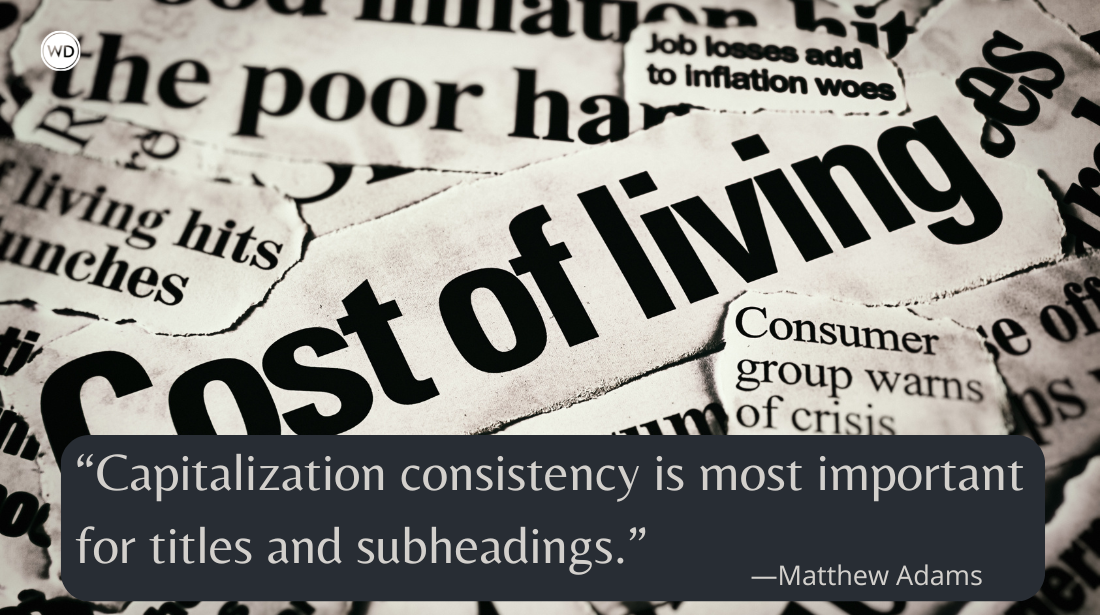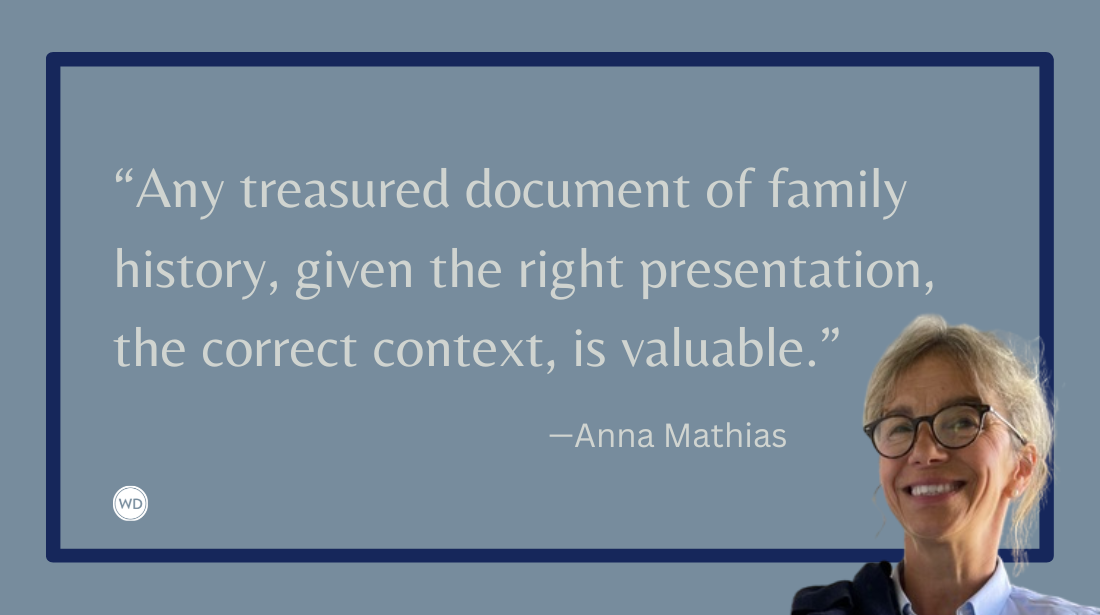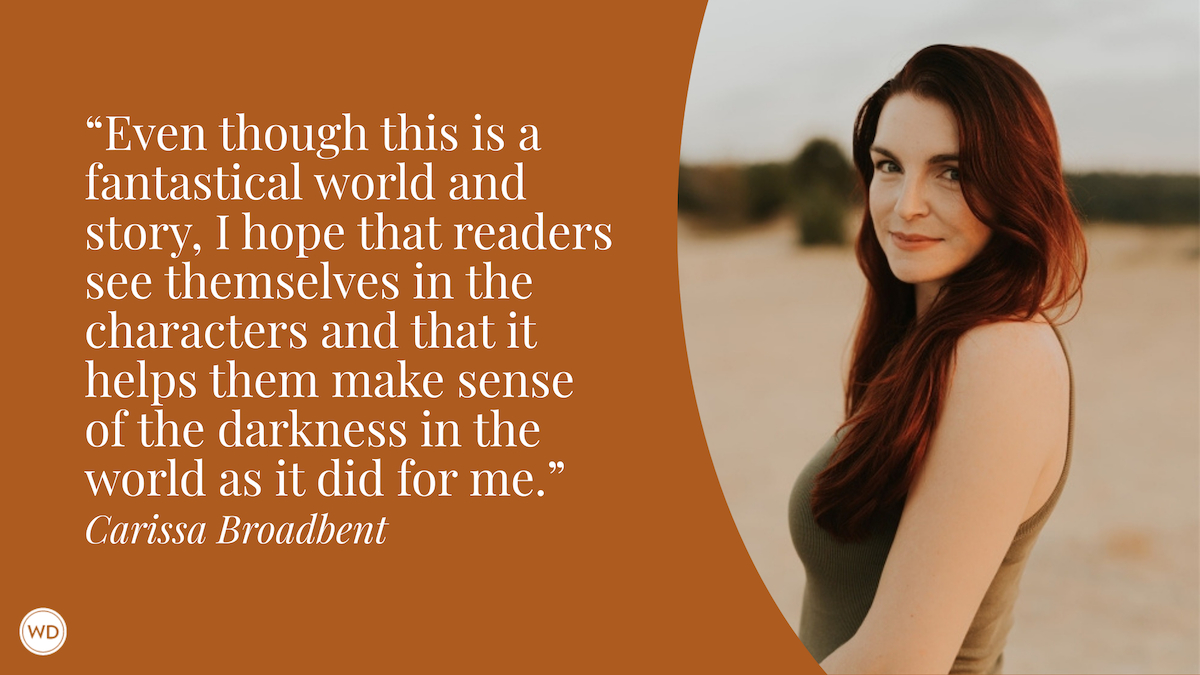End the Debate: Why the Oxford Comma (or Serial Comma) is so Cool!
Learn when to use the Oxford comma (or serial comma) with Grammar Rules from the Writer’s Digest editors, including a few examples of correct usages.
Learn when to use the Oxford comma (or serial comma) with Grammar Rules from the Writer's Digest editors, including a few examples of correct usages.
Let's start with defining the Oxford comma (also known as a serial comma—or even a Harvard comma apparently): It's the comma that follows the penultimate item in a list of three or more things. And it's apparently a thing that many writers and grammarians love to debate, though I'm not sure why.
Let's take a look at the Oxford comma debate and why using the serial comma actually makes things easier—despite an extra comma here and there.
The Oxford Comma Debate
As far as I can tell, the main argument against using the Oxford comma is that it's somehow easier to not insert a comma at the end of a list of three or more items. Let's look at this example: We invited my parents, Thomas and Nancy.
This makes great sense if I invited two people named Thomas and Nancy, who both happen to be my parents. Plus, I included their names for easy reference. But if I actually invited four people, then this could be confusing, because I should've done one of the following:
Example #1 (with serial comma): We invited my parents, Thomas, and Nancy.
Example #2 (sans serial comma): We invited Thomas, Nancy and my parents.
While both of those examples are now correct and make sense, the door opened by not consistently using the Oxford comma seems to tempt a lot of possible problems for the sake of omitting a comma. I love streamlined language as much as the next person, but this seems like excessive laziness to me. Is it really so hard to insert a serial comma at the end of both lists?
What do you think?
Here are a few more examples:
Oxford comma: He shared the news, his breakfast, and coffee with his guests.
No Oxford comma: He shared the news, his breakfast and coffee with his guests.
Oxford comma: She reads young adult, science fiction, and nonfiction.
No Oxford comma: She reads young adult, science fiction and nonfiction.
In the first example, does he share the news along with his breakfast and coffee with his guests, or is the news in actuality his breakfast and coffee? In the second example, does she read young adult, science fiction, and all manner of nonfiction, or does she read young adult—both science fiction and science nonfiction?
Maybe both examples without the serial comma make sense to some (maybe even a majority of) people who read them. But why risk confusion in the first place? Does that extra comma really take so much effort on the part of the writer or editor?
I loathe excess, but the consistent use of the Oxford comma actually makes language—reading and writing—so much easier to comprehend; and that's why I love it!









